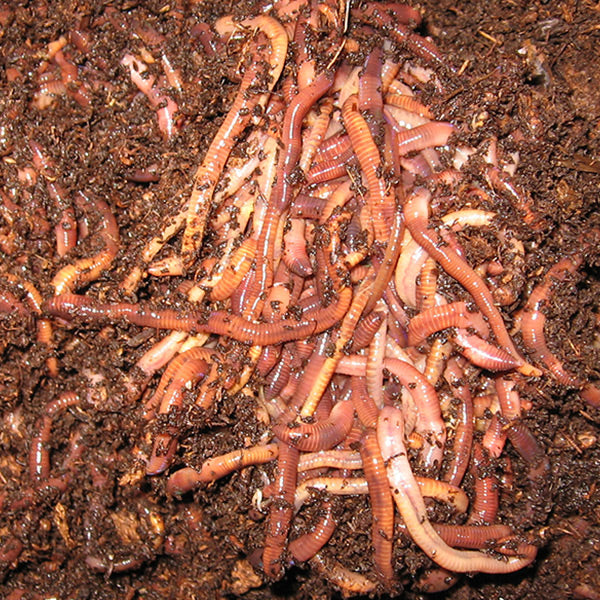Some Ideas on Red Wiggler Express You Need To Know
Table of ContentsRed Wiggler Express for BeginnersSome Known Details About Red Wiggler Express See This Report about Red Wiggler ExpressRed Wiggler Express - An Overview
With the worldwide push for sustainability and with green techniques growing in popularity, people are ultimately coming about and recognizing the ecological benefits of red wiggler worms and composting. In this article, we'll go over just how vermicomposting sustains lasting horticulture and the ecological benefits of red wigglers and other earthworms.
This is the brief of it. If you intend to check out thorough regarding red wiggles, we have a whole article dedicated to them here. Now, allow's get into the basics of just how these worms sustain sustainable horticulture techniques and profit the environment: Worm composting is like a spa day for your dirt.
When included right into your yard dirt, these castings improve its structure, aeration, and water retention. This assists with plant growth and health and wellness and does not need using any chemicals. Did you recognize that natural waste comprises a substantial section of landfill product? And breaking down organic waste in land fills creates huge quantities of land fill gas (LFG), which is consisted of about 50% carbon dioxide and 50% methane a greenhouse gas about 28 even more powerful than carbon dioxide.
By diverting your cooking area scraps and yard waste into a worm composting bin, you're successfully decreasing the quantity of organic waste that finishes up in garbage dumps. It's a great deal for your garden and the world. Fail to remember about chemical fertilizers worm spreadings are the genuine offer. They're chock-full of vital nutrients like nitrogen, phosphorus, and potassium.
Red Wiggler Express Can Be Fun For Everyone

Mix the nutrient-rich worm spreadings right into your garden soil or use them as a leading clothing for potted plants. In a globe where sustainability is becoming significantly important, red wigglers radiate as unrecognized heroes of gardening.
Composting might appear like old information, however doing it with a container packed with worms most likely does not. Red wiggler worms offer fantastic benefits to the natural gardener, generating both an all-natural plant food and a reliable pesticide. And they eat your cooking area scraps. The value of red wigglers, a.k (Red Wigglers For Sale).a. Eisenia fetida, hinges on their excrement, referred to as worm spreadings.
Worm spreadings might be bought at stores such as SBS in Winery Sanctuary or Vineyard Gardens in West Tisbury, yet to raise the worms in a compost bed and harvest your very own spreadings is far more fun. The work of these worms is an aspect of lasting living. Red wigglers are aboriginal to equine manure, where they burrow to lay eggs.
Red Wiggler Express Fundamentals Explained
(https://toptendir.net/Red-Wiggler-Express_331425.html)They can't make a great deal of it." He covers the container with straw, then an item of old carpeting. "They like the heat," he says. Lynn clarifies the manufacturing of castings and 2 uses: as a plant food and as a chemical. "They absorb deteriorating matter. It travels through them and includes calcium to make this rich earth," she states.
"I did it to see if it would certainly make a distinction on white flies and aphids. The red wiggler is a prodigious dog breeder, laying eggs as often as when a week - Red Wigglers For Sale.
It takes 3 to 5 months for a baby worm to get to sexual maturity and the grown-up length of three inches. Their life expectancy is four to five years unless obviously they are used for lure. As freshwater fish lure, wigglers agonize responsible and survive underwater longer than traditional earthworms.

As one of the Epigeic class of compost worms, the usually does not show up in soils. The worm is red or reddish-brown in color and has a smooth, round form.
A red wiggler worm can expand up to four inches in length yet is typically just about two and a half inches. The worm has a small mouth located at the front of its head. It additionally has small bristles, called setae, which help the worm step and anchor itself to surface areas.
